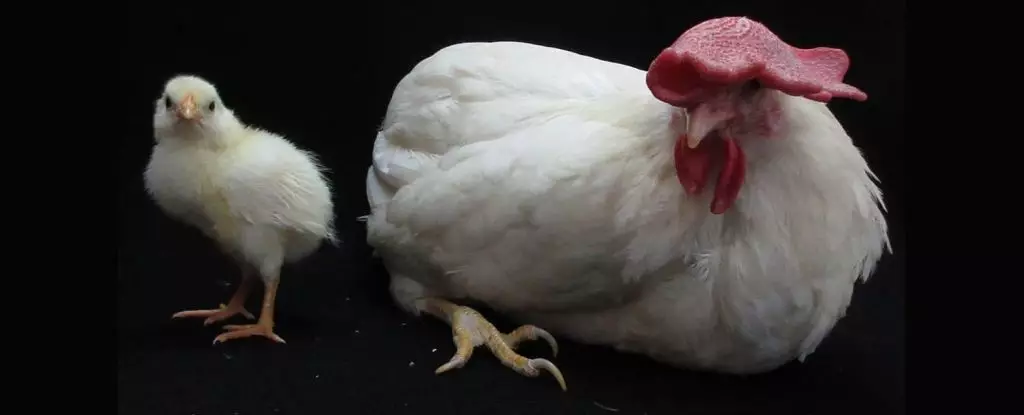Birds are ubiquitous, enchanting creatures that have adapted to thrive in nearly every ecosystem on the planet. As the most direct descendants of dinosaurs, they boast a remarkable diversity that spans size, shape, and behavior. However, a fundamental aspect of bird biology—how they develop from fertilized eggs into independent hatchlings—has remained obscured, prompting scientific curiosity for decades. Recently, a pioneering team of researchers achieved a groundbreaking advancement by creating a culture system that allows for unprecedented visibility into the embryonic development of domestic white leghorn chickens without the traditional opaque eggshell barrier. This advancement not only sheds light on the embryonic growth stages but also offers an innovative approach to studying avian biology in general.
For years, scientists have aspired to cultivate avian embryos outside their natural eggshell environment to study their growth and development more closely. Previous attempts have faced significant challenges, most notably high mortality rates and developmental abnormalities upon hatching. The first noteworthy approach, which emerged in 2014, sought to circumvent these issues by extracting embryos from their eggs shortly after fertilization and placing them in a standardized culture vessel protected with a film. Although this method demonstrated potential, many embryos failed to thrive.
Katsuya Obara, a veterinary scientist, has played a significant role in refining this process. Along with his colleague Chizuka Obara, they identified significant factors impeding healthy growth and devised strategies to enhance success rates significantly.
One of the main issues attributed to unsuccessful embryonic development in prior systems was the dehydration of the yolk’s vitelline membrane. This protective layer is crucial for the surrounding embryonic blastoderm. To address this, the team ingeniously employed a rotary shaker to keep the culture fluid and prevent the vitelline membrane from drying out. By manipulating the shaker’s angle and adjusting various rotation speeds, they established a protocol that facilitated the embryos’ exposure to constant motion.
The results were compelling. They observed that while embryos could survive at a rate of roughly 10% when shaken at 10 rotations per minute, certain cultures saw potential delays in development. Despite these variances, the foundation for an effective shell-less culture system was finally established.
A major finding in this study was the importance of timing regarding oxygen exposure. Although oxygen could bolster embryo development, researchers concluded that its addition at various points did not significantly alter outcomes. This insight highlights the nuanced relationship between environmental factors and biological growth processes.
In a further step toward optimization, the team introduced calcium carbonate powder, which mimics the composition of eggshells, into the culture system. Alongside this, they also implemented manual shaking to stimulate movement akin to the nurturing actions of a mother hen. This methodological concatenation produced a remarkable upward shift in hatch rates. Crossing the threshold of 3.3% to 10.5% illustrates the dynamic interplay between technology and biology.
The successful hatch of the chicks using this innovative system is not merely a procedural victory; it opens the doors to a multitude of future explorations. The researchers articulated this sentiment poignantly, noting that the transparent shell-less culture system (cSLCS) establishes new dimensions for real-time monitoring of embryonic development, thus enabling scientists to explore experimental treatments and their impacts on phenotypic outcomes.
This methodology can be instrumental in various fields such as developmental biology, genetics, and even veterinary medicine, allowing for enhanced understanding in chick growth and development. With ongoing research, it will be exciting to see how this technology can be further adapted, possibly extending to other avian species or even wider biological applications.
The development of a shell-less culture system marks a significant leap forward in avian developmental biology. By addressing critical barriers to embryonic development, the researchers not only enhanced hatch rates but also provided a clear window into the previously hidden stages of chick growth. As this research continues to evolve, it will undoubtedly unlock new avenues for understanding not only avian life but also broader concepts related to developmental biology. The journey from egg to chick has never been clearer, and with continued advancements, the possibilities are endless.

